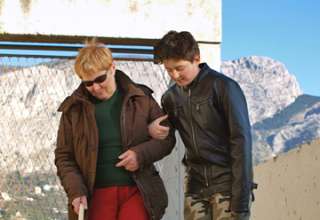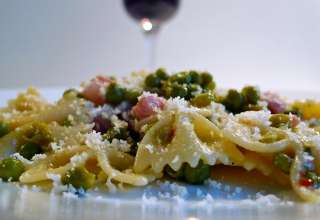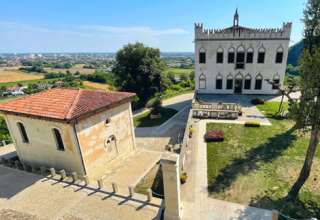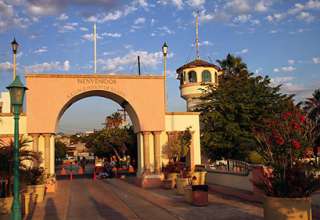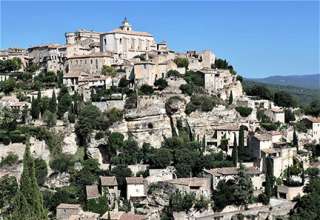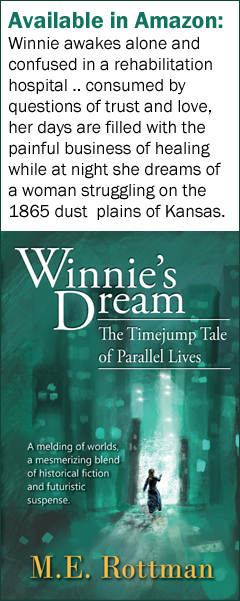Words and photos by Tom Weber
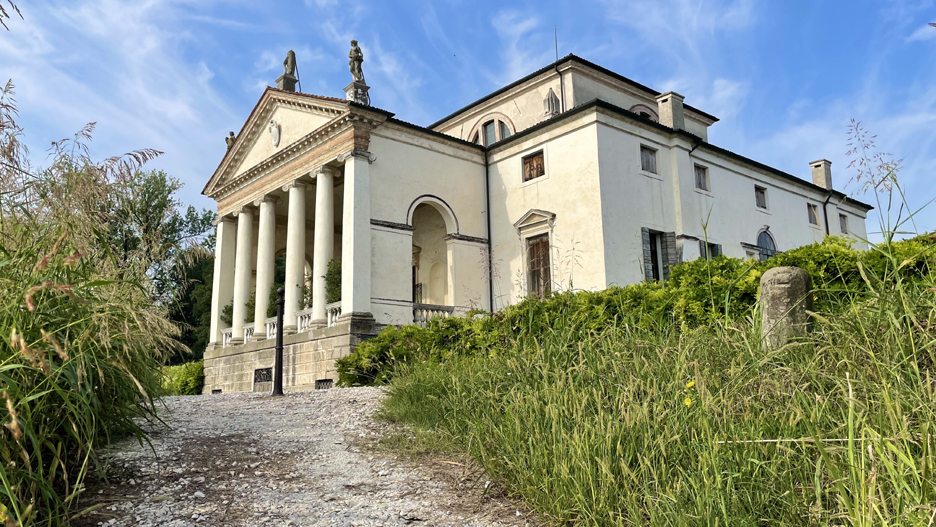

Centuries ago, when the Lion of St. Mark roared and the known world listened, the doges and aristocrats of La Serenissima built their sprawling warm-weather estates in the countryside that enhanced the coffers of the money-mad merchants of Venice.
When the last column was placed and the final fresco unveiled, there were over 4,300 bespoke villas and country homes peppering the landscape, monumental agricultural centers of architectural fame filled with great art that collectively became known as Cività delle Ville Venete (Civilization of the Venetian Villas).
Today, the general public has a wonderful opportunity to stroll into the past and admire the trappings of those noble families that rose to the very top of society around The Most Serene Republic of Venice. Like, Villa Molin.
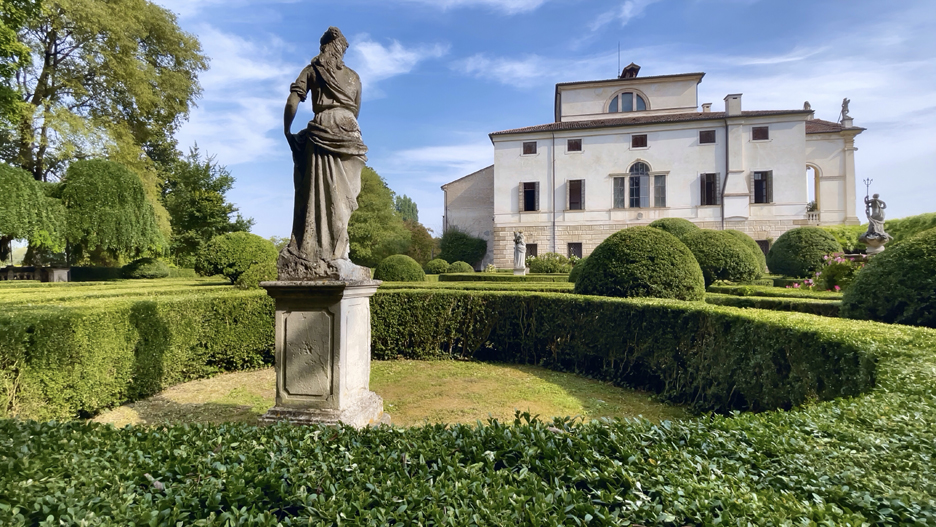
This late 16th century landmark estate, standing proudly above the banks of a canal flowing by the small town of Madria, just outside Padova in the region of the Veneto, was the creation of Vincenzo Scamozzi, a disciple of Andrea Palladio, the celebrated “Father of Western Architecture.”
Upon the death of il Maestro (the Master) in 1580, it was young Scamozzi who rolled up his sleeves and completed two of Palladio’s capolavori (masterpieces): Villa La Rotonda and the Teatro Olimpico, both in Vicenza.
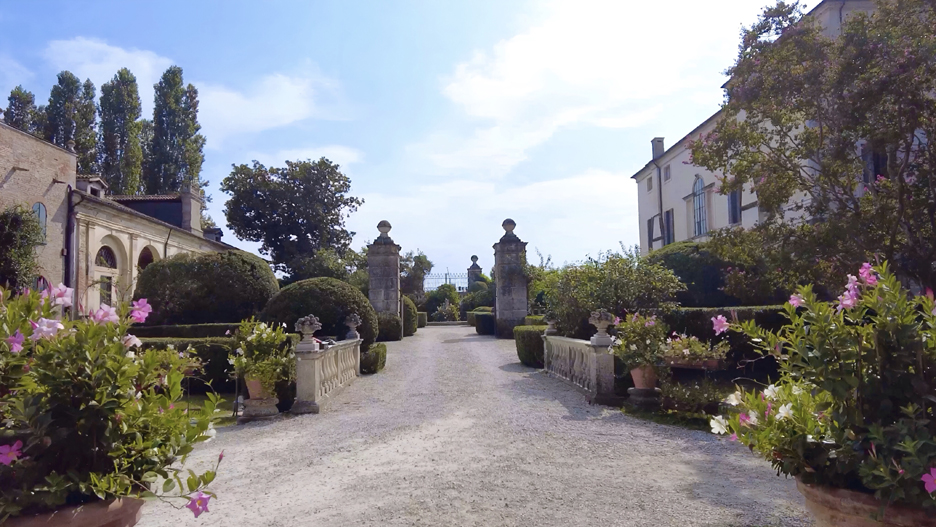
Filling the giant void left behind by Palladio’s departure, Scamozzi added his own vision to the celebrated neoclassical symmetrical design style and soon became the most sought-after architect of the rich and famous, including Niccolò Molin, a nobleman, the son-in-law of a doge and the Venetian Republic’s ambassador to the Court of King James I of England.
Commissioned by Ambassador Molin to honor his family name, Scamozzi erected, to much fanfare, in 1597 an elegant summer villa overlooking the Battaglia Canal, the “river highway” linking Padova with the Euganean Hills for the transport of commerce and people.
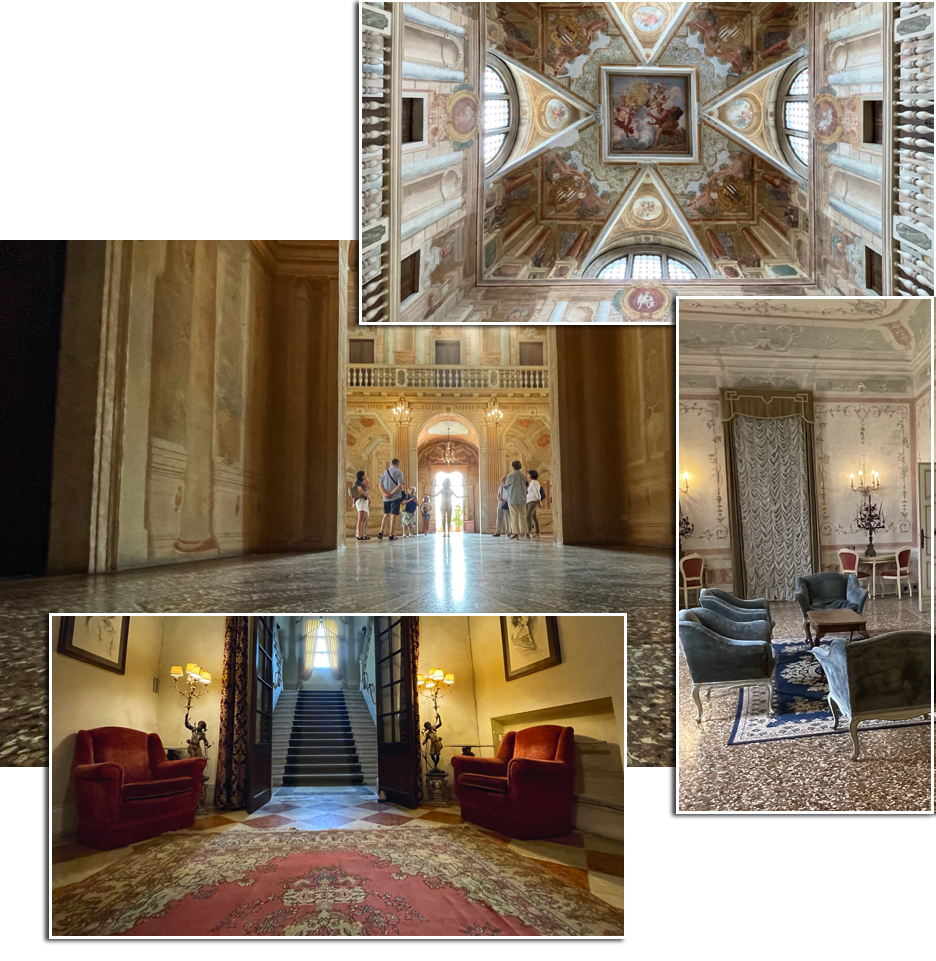
The interior of Villa Molin is simply magnificent. The two-story manor house features shiny, continuous-flow, hand-laid Venetian terrazzo flooring throughout, a 12m-high ceiling topped with a stunning fresco-covered cupolo painted by Pietro Antonio Cerva, aka il Bolognese, a six collonade external loggia, an articulated reception space in the form of a Greek cross, double ballrooms and an array of vestibules and private rooms that give way to more intimate spaces via a series of cubes and double cubes.
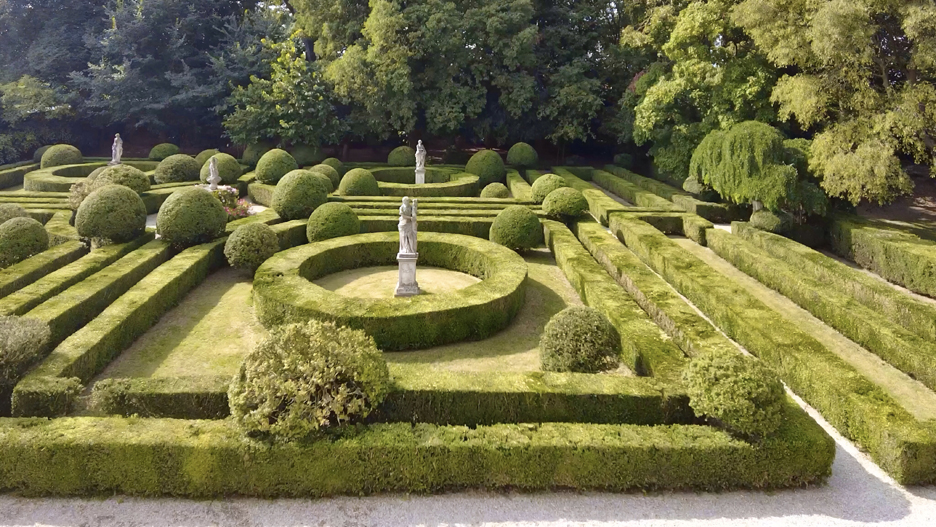
Outside is a well-manicured and spacious parkland, considered by many to be one of the most beautiful Italian historical parks. With its fantastic colors and scents, surrounded by centuries-old trees and accented with ancient statuary, streams and foot bridges, the gardens of villa Molin extend over 33,000 square meters and once served as an extraordinary backdrop for invited guests during the High Renaissance.
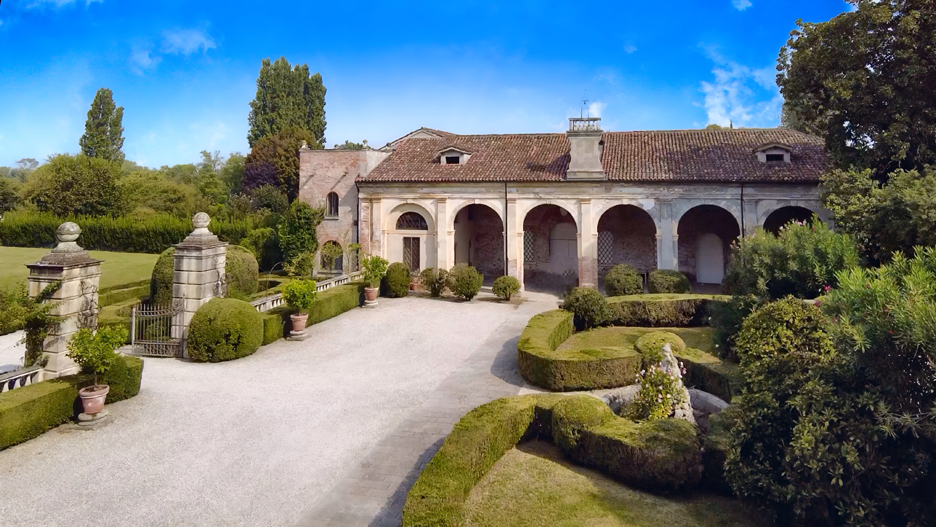
And, adjacent to the villa’s gated entryway, a well-kept scuderia (stables) remains in place where horses once stood and gazed out.
Today, Villa Molin hosts a variety of special events and weddings, and opens its doors for both self and group-guided tours.
Villa Molin, the perfect union of design, art and nature, created by Scamozzi for Ambassador Molin.
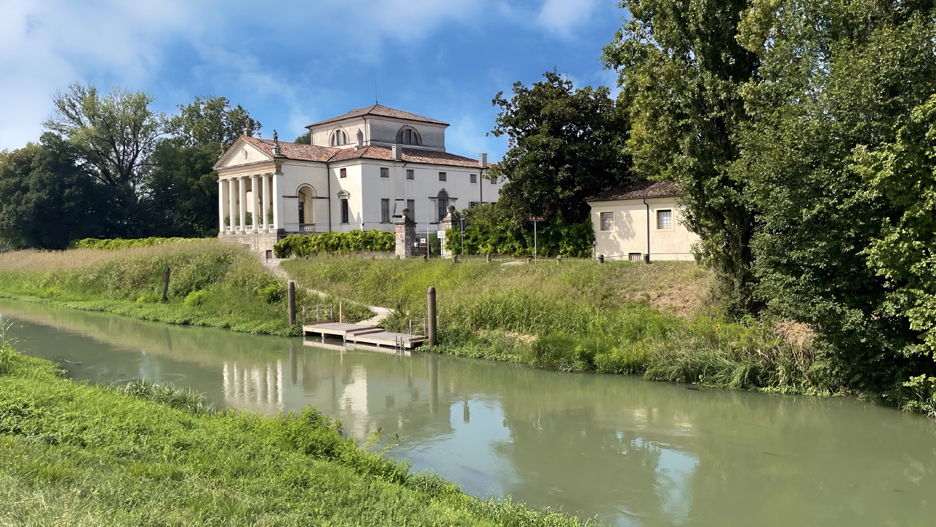
For complete tourist information, just CLICK HERE.


